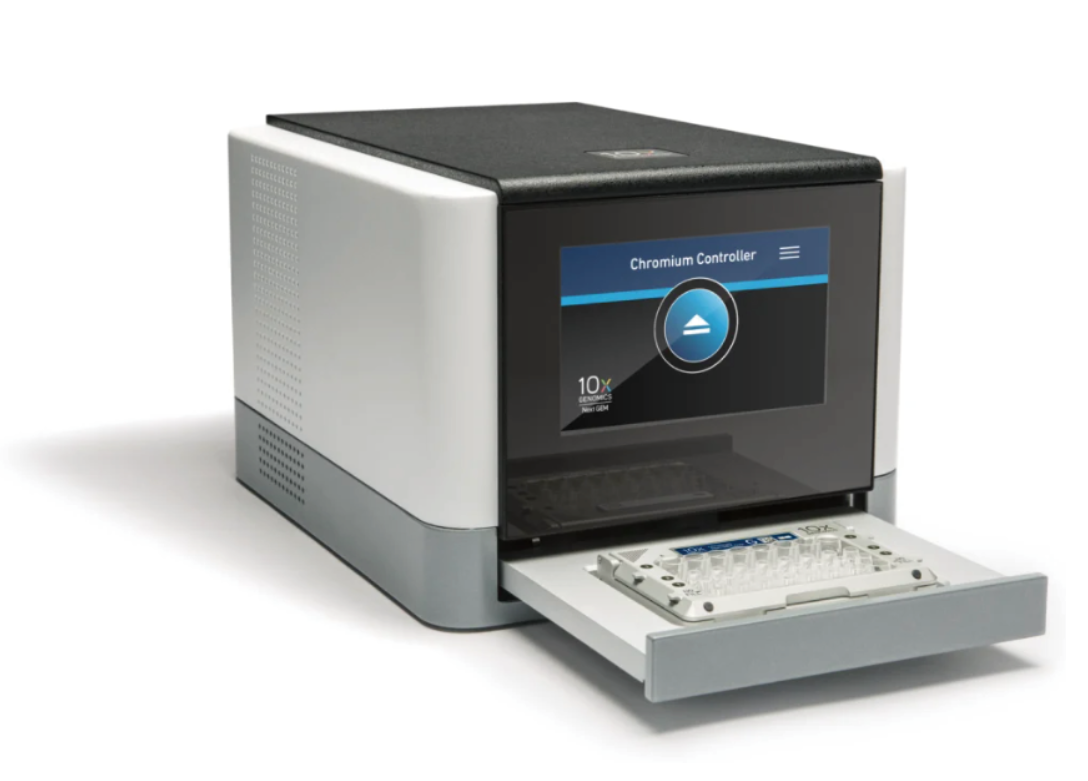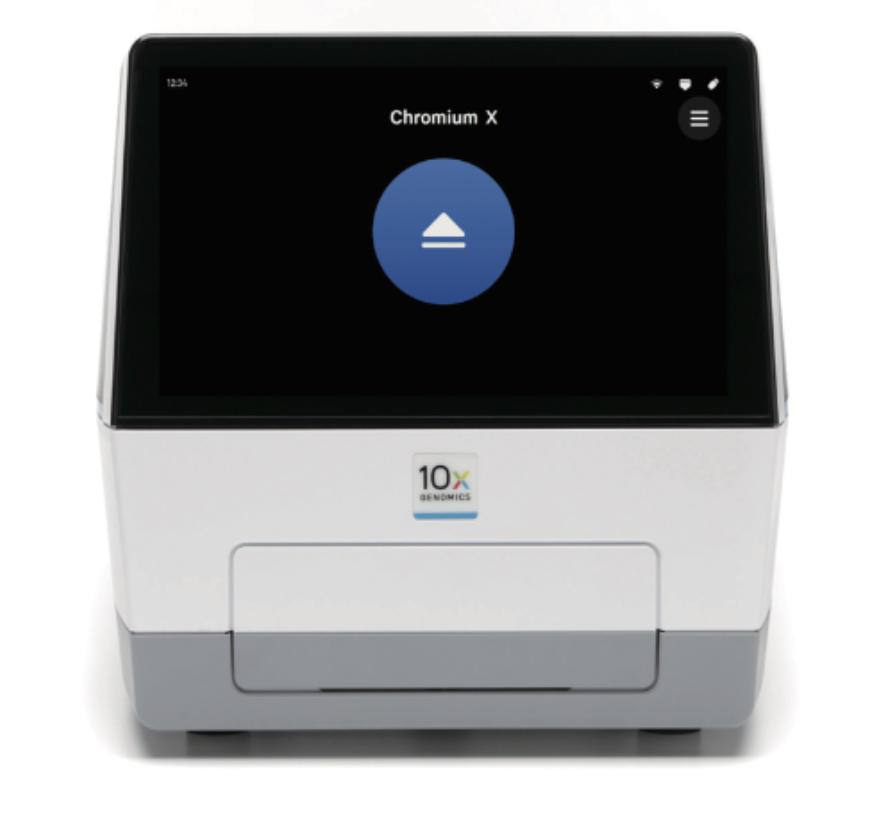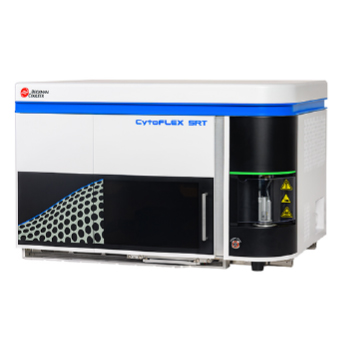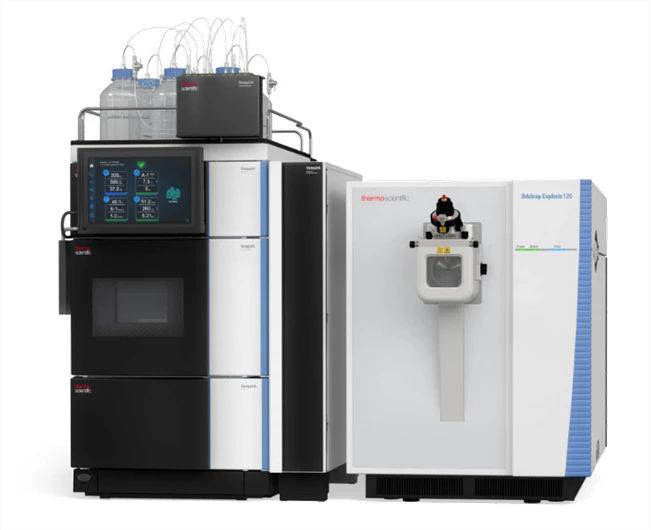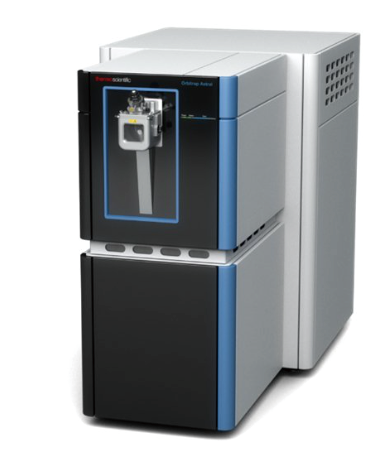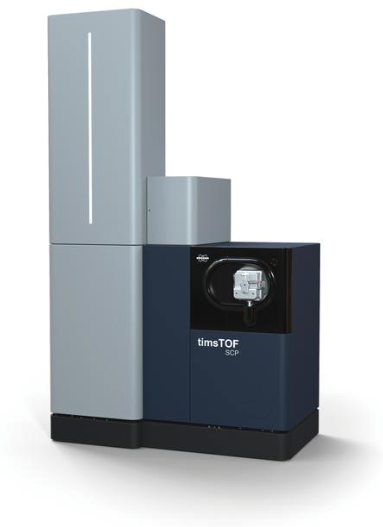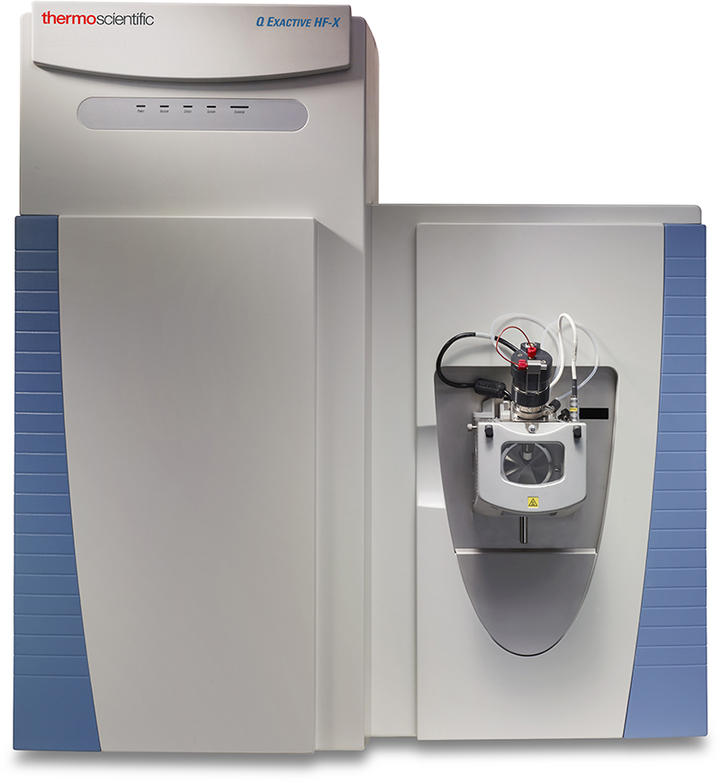Abastrat:
Dietary fibers, consisting of nonstarch polysaccharides (NSPs) were found to modulate
the gut microbiota. However, little is known about the role of a separated fiber fraction. Here,
we describe a response in gut microbiome to different fiber fractions using a porcine model.
Methods and results: Ileal and cecal digesta were collected from pigs fed with fiber-free diet
(FFD) or diet containing 5% cellulose (CEL), xylan (XYL) or -glucan (GLU). We observed an
elevated 16S rRNA gene copies in ileum and cecum digesta after NSP ingestion. Interestingly,
we found that cecum digesta contained higher bacterial diversity than ileum digesta. Moreover,
NSPs had no significant influence on overall diversity, but acutely altered the abundance
of specific bacteria. Importantly, NSPs decreased the abundance of phylum Firmicutes, but
increased the phylum Proteobacteria in ileal samples. Among the NSP-treated groups, pigs
on CEL-containing diet had exclusively higher abundance of Lactobacillus spp. in the ileum.
Whereas, the GLU-treated samples had more Clostridium spp.
Conclusion: This study not only indicated how the gut microbiome adapts to the three major
NSP fractions, but the results also contribute to our understanding of the role of dietary fibers
in modulating gut microbiota and health.
Keywords:Dietary fiber / Gut / Health / Microbiome / Nutrition
link text:
http://onlinelibrary.wiley.com/doi/10.1002/mnfr.201700012/full











